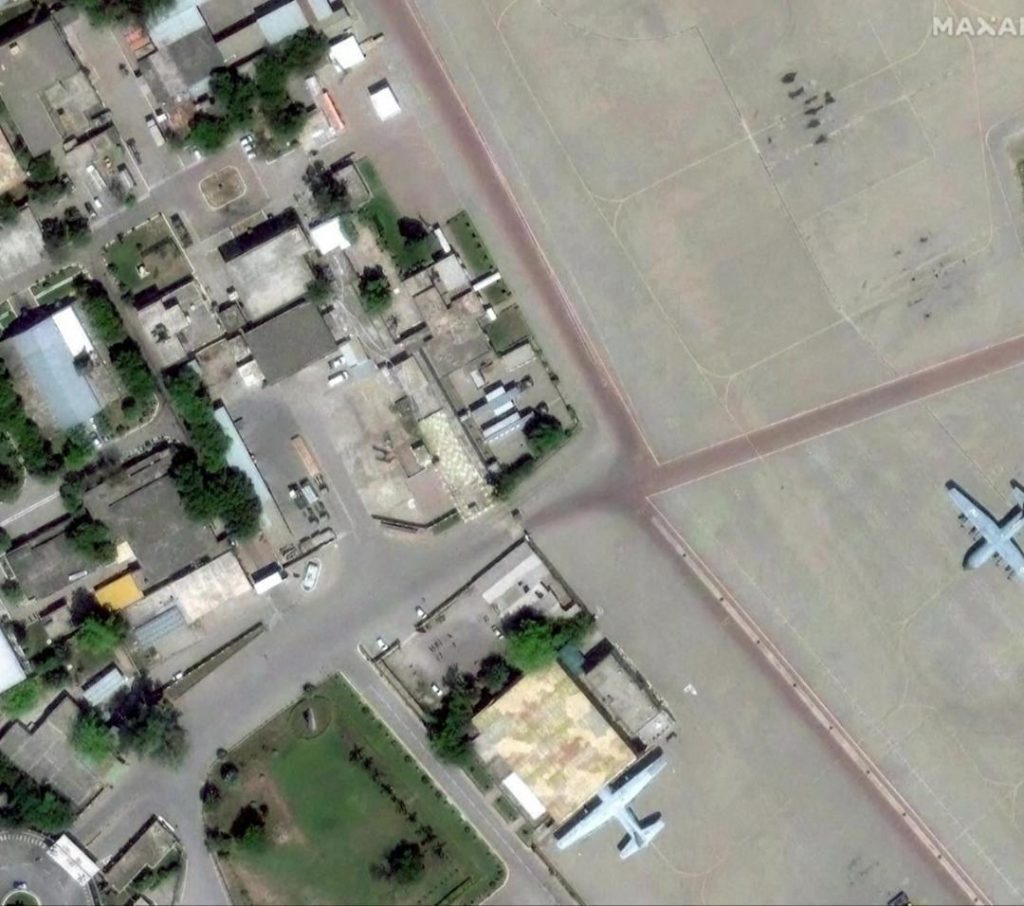
Air Defence Systems of China & Pak No Match for India’s BrahMos: Expert
In the recent escalation of tensions between India and Pakistan, the Indian Air Force (IAF) successfully conducted precision strikes on Pakistan’s air bases, causing significant damage. The IAF’s ability to deliver precise strikes was largely attributed to its advanced BrahMos missile system. According to American urban warfare expert, Colonel (Retd) John Spencer, China and Pakistan’s air defence systems are no match for India’s BrahMos missile.
In an interview, Colonel Spencer hailed India’s Operation Sindoor, saying, “China’s air defence systems and missiles are sub-par vis-à-vis India’s systems…India’s message was clear. It can hit anywhere in Pakistan anytime.” His statement underscores the significant technological advantage India enjoys over its neighbours in terms of air defence systems.
The BrahMos missile, a joint venture between India and Russia, is a supersonic cruise missile with a speed of Mach 2.8 (around 2,000 mph). It has a range of over 300 km and can deliver a payload of 200 kg with high precision. The missile’s speed and maneuverability make it extremely difficult to intercept, giving it a significant advantage over any air defence system.
The Indian Air Force’s successful use of BrahMos missiles during Operation Sindoor sent a strong message to Pakistan and its ally, China. The precision strikes on Pakistan’s air bases were a testament to the IAF’s capabilities and the BrahMos missile’s effectiveness.
China’s Air Defence Systems: A Concern for India?
China has been rapidly modernizing its military, including its air defence systems. While China’s air defence systems are considered to be among the most advanced in the world, Colonel Spencer’s statement suggests that they are still inferior to India’s BrahMos missile.
China’s air defence systems include the HQ-9 surface-to-air missile system, which is designed to detect and engage airborne targets at long ranges. The system is equipped with a phased array radar and can engage multiple targets simultaneously. However, the HQ-9 system is not designed to counter supersonic cruise missiles like BrahMos.
Pakistan’s Air Defence Systems: Limited Capabilities
Pakistan’s air defence systems are also limited in their capabilities. Pakistan has been relying on Chinese-made air defence systems, including the LY-80 surface-to-air missile system and the FT-2000 air defence radar system. While these systems are capable of detecting and engaging airborne targets, they are not designed to counter supersonic cruise missiles like BrahMos.
Pakistan’s air force is also equipped with F-16 fighter jets, which are susceptible to BrahMos missile attacks. The F-16s are equipped with radar-evading capabilities, but the BrahMos missile’s supersonic speed and maneuverability make it difficult to detect and evade.
Conclusion
The success of India’s Operation Sindoor and the BrahMos missile’s effectiveness in delivering precision strikes on Pakistan’s air bases demonstrate the significant technological advantage India enjoys over its neighbours in terms of air defence systems. While China and Pakistan have been modernizing their air defence systems, they are still no match for India’s BrahMos missile.
Colonel Spencer’s statement underscores the importance of India’s military modernization efforts, particularly in the context of its neighbourhood. India’s air force has emerged as a potent force, capable of delivering precision strikes with ease. The BrahMos missile has become a game-changer in the region, giving India a significant advantage over its neighbours.
As tensions continue to simmer between India and its neighbours, the BrahMos missile remains a key component of India’s air defence strategy. Its effectiveness in delivering precision strikes has sent a strong message to Pakistan and China, underscoring India’s military capabilities and its ability to defend its interests.
Source:






